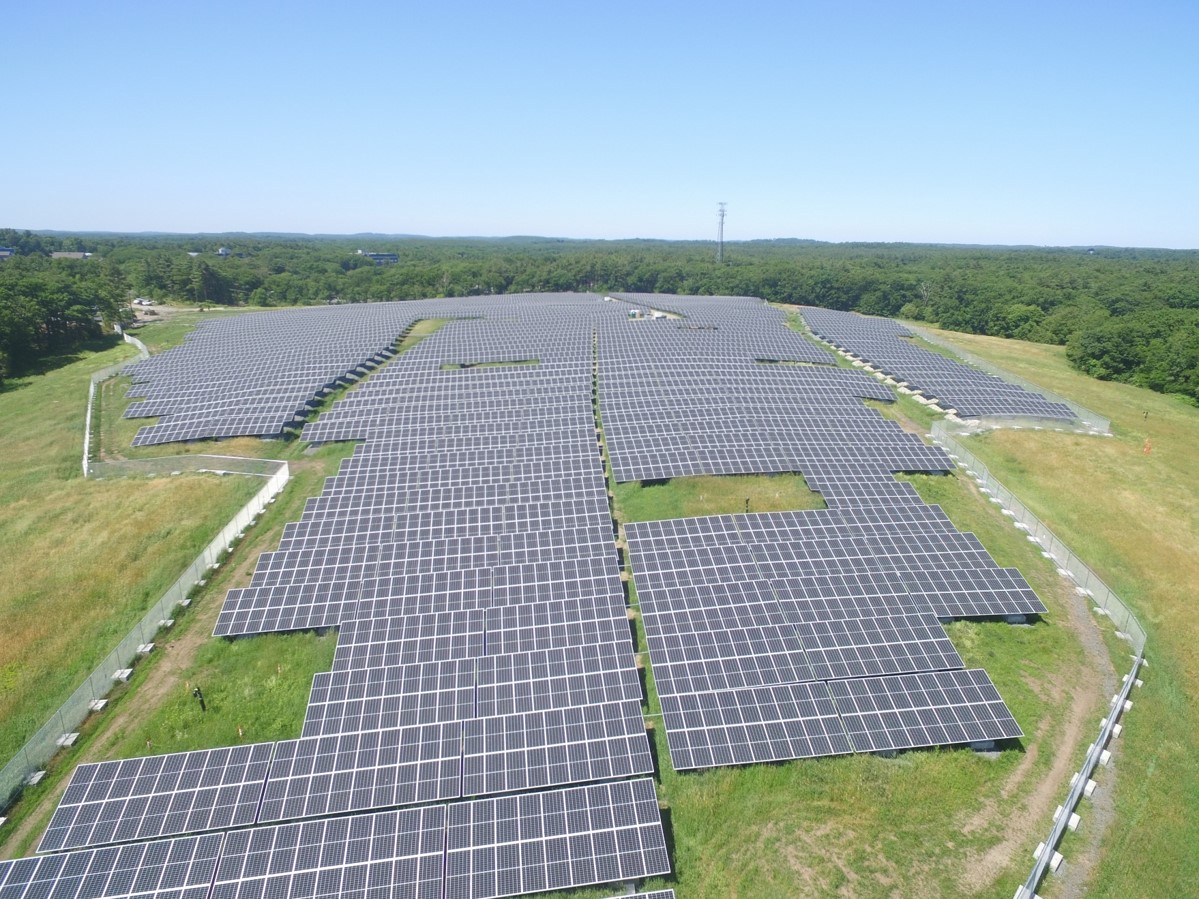The Solar Energy Industries Association (SEIA) announced the launch of the Solar and Storage Industries Institute (SI2) that will serve as SEIA’s charitable and educational arm to remove barriers to clean energy deployment. S12 is a 501(c)3 nonprofit whose mission is to accelerate the transition to carbon-free electricity using research, public education initiatives, and policymaker engagement.
SI2 intends to work on challenges including land use, antiquated rate designs, workforce development and environmental justice, and interconnection roadblocks.
“We largely have the technologies we need to address the climate crisis, but several barriers remain to widespread adoption of solar and storage,” said Abigail Ross Hopper, SEIA president and CEO and the new chair of SI2’s board of directors. “The window for climate action is narrowing quickly, and we must double down on the clean energy research and analysis needed to dismantle systemic challenges that are holding back the solar and storage industry.”
David Gahl, SEIA’s current senior director of state policy, East, has been named as the institute’s first executive director. In addition to Gahl’s role as executive director and Hopper’s role as board chair, SOLV Energy CEO George Hershman is serving as SI2’s board secretary, and Nautilus Solar co-CEO Laura Stern is board treasurer.
“I’m thrilled to take on this challenge and work with a diverse range of stakeholders to solve the most pressing issues facing America’s clean energy sector,” said Gahl. “SI2 offers the solar and storage industry a special opportunity to harness its creativity and use innovative thinking to chart a new path to a carbon-free future and an equitable clean energy economy.”
One of the greatest challenges in the solar industry today is land use, but it can also be seen as an opportunity. Siting clean energy projects requires community engagement and long-term planning that minimizes impact to the environment and surrounding community. Educating community and policymakers is important as well, as solar projects must have access to transmission lines and may require upgrades to grid infrastructure. There are numerous examples of solar projects being slowed, stopped, or altered as the public weighs in on land use. In California, a 500MW project was altered after neighbor expressed concerns over their views. And a Missouri town recently voted to set new rules for utility scale solar after it declared a solar installation a nuisance.
SI2’s first research project will create best practices for solar companies looking to create large-scale solar projects and other resources that will help the industry navigate these challenges.
“Over the last decade the solar industry has been a beacon of innovation, persevering through numerous challenges to emerge as a leading provider of cost-effective energy in the United States,” said Hershman. “A brighter possible, and the formation of SI2 will help establish a direct road map to more efficient solar and storage deployment for generations to come.”
Solar energy accounts for roughly 4% of US electricity generation today, and if it reaches 30% of US electricity generation by 2030, electricity sector emissions would be cut in half. If the industry reaches its Solar+ Decade goals, the solar and storage industry would create more than $800 billion in economic activity and add more than one million well-paying jobs. Significant red tape and supply chain hurdles stand in the way, but 2I2 intends to work with solar and storage businesses to achieve these goals.
SI2 will work closely with SEIA, especially as the new organization gets establishef. As the organization grows and secures additional funding sources, SI2 will build its team and announce additional priorities and initiatives.
This content is protected by copyright and may not be reused. If you want to cooperate with us and would like to reuse some of our content, please contact: editors@pv-magazine.com.









By submitting this form you agree to pv magazine using your data for the purposes of publishing your comment.
Your personal data will only be disclosed or otherwise transmitted to third parties for the purposes of spam filtering or if this is necessary for technical maintenance of the website. Any other transfer to third parties will not take place unless this is justified on the basis of applicable data protection regulations or if pv magazine is legally obliged to do so.
You may revoke this consent at any time with effect for the future, in which case your personal data will be deleted immediately. Otherwise, your data will be deleted if pv magazine has processed your request or the purpose of data storage is fulfilled.
Further information on data privacy can be found in our Data Protection Policy.